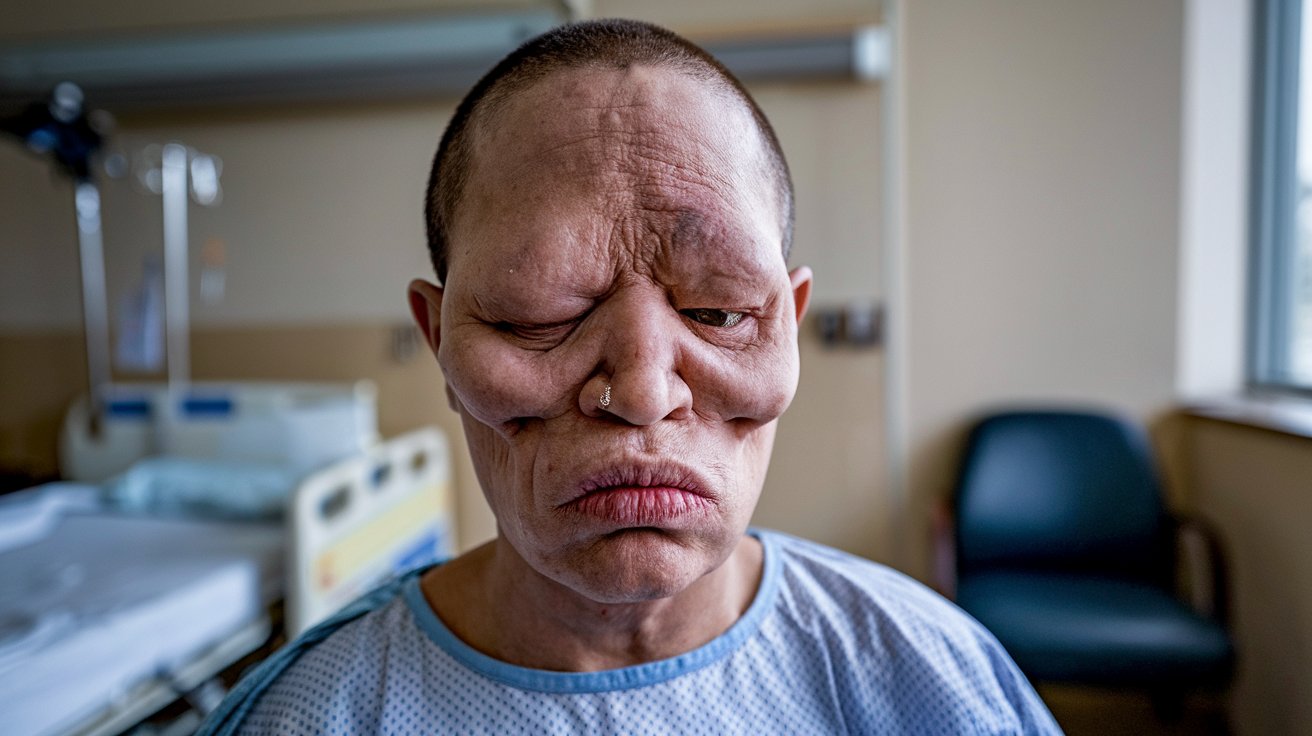
Bantu siderosis is a rare eye condition caused by iron buildup, often linked to wearing iron-containing contact lenses. This condition can lead to severe vision issues, including blurred vision, light sensitivity, and even blindness. Named after the Bantu people, who traditionally wore iron-containing beads, Bantu siderosis highlights the risks associated with iron exposure in the eye. Diagnosing this condition involves comprehensive eye exams and imaging studies. Preventing Bantu siderosis requires avoiding iron-containing lenses and maintaining proper lens hygiene. Understanding the causes, symptoms, and treatments of Bantu siderosis is crucial for protecting eye health and preventing vision loss.
What is Bantu Siderosis?
Bantu siderosis, also known as siderosis bulbi, is a rare eye condition caused by iron accumulation. This typically happens due to prolonged use of iron-containing contact lenses. Let's explore some key facts about this condition.
-
Definition and Causes
Bantu siderosis results from iron building up in the eye, often due to wearing iron-containing contact lenses. The name comes from the Bantu people, who traditionally wore iron-containing beads. -
Symptoms
Symptoms vary but often include blurred vision, light sensitivity, and in severe cases, complete vision loss. Other signs might be eye pain, redness, and a yellowish or brownish iris discoloration.
How is Bantu Siderosis Diagnosed?
Diagnosing this condition involves a thorough eye examination. Various tests help measure iron levels and assess vision impact.
-
Diagnosis
Doctors use slit-lamp exams, visual acuity tests, and sometimes MRI or CT scans to confirm iron deposits in the eye. -
Risk Factors
The main risk factor is using iron-containing contact lenses for long periods. Poor lens maintenance and improper storage also increase risk.
Preventing Bantu Siderosis
Prevention focuses on avoiding iron-containing contact lenses and maintaining proper lens hygiene.
- Prevention
Avoiding iron-containing lenses is crucial. Proper cleaning and storage of lenses can minimize iron accumulation risk. Opt for lenses made from non-iron materials.
Treatment Options for Bantu Siderosis
Treating Bantu siderosis involves removing iron deposits from the eye, often through surgical procedures.
-
Treatment
Surgical options like iridectomy or vitrectomy can remove iron deposits. Laser therapy might also be used. The goal is to restore vision and alleviate symptoms, though advanced cases may result in permanent vision loss. -
Complications
Prolonged iron exposure can cause chronic inflammation, scarring, and cataract formation. Severe cases might lead to complete blindness.
Historical Context and Global Prevalence
Understanding the history and prevalence of Bantu siderosis helps in grasping its cultural and geographical impact.
-
History and Etymology
Named after the Bantu people, this condition has been documented for decades, often linked to traditional jewelry practices. -
Global Prevalence
While rare globally, it's more common in regions with traditional jewelry practices, especially in some African cultures.
Medical Research and Patient Education
Research and education are vital in managing and preventing Bantu siderosis.
-
Medical Research
Studies focus on understanding iron accumulation mechanisms and developing effective treatments. This has led to safer lens materials and better diagnostic techniques. -
Patient Education
Educating patients about the risks of iron-containing lenses and proper lens care is crucial. Awareness of symptoms and seeking prompt medical attention can prevent severe outcomes.
Surgical and Laser Interventions
Various medical interventions aim to remove iron deposits and restore vision.
-
Surgical Interventions
Techniques like iridectomy and vitrectomy are common. The choice depends on iron accumulation extent and symptom severity. -
Laser Therapy
Laser procedures can break down and remove iron deposits. This less invasive method might be combined with other treatments.
Rehabilitation and Awareness Campaigns
Post-treatment rehabilitation and public awareness are key to managing Bantu siderosis.
-
Rehabilitation
Post-treatment focuses on restoring vision and eye function. Vision therapy and corrective lenses might be needed to manage residual problems. -
Awareness Campaigns
Public health initiatives can educate communities about the risks of iron-containing lenses and promote safer alternatives.
Legal and Ethical Considerations
Legal and ethical aspects play a role in managing and preventing Bantu siderosis.
-
Legal Implications
Manufacturers might be liable for not warning about iron accumulation risks. Legal responsibilities vary by region but ensuring product safety is crucial. -
Ethical Considerations
Balancing effective treatment with potential risks is essential. Patients must be fully informed about their options and risks.
Cultural Sensitivity and Future Research
Addressing cultural practices and advancing research are important for managing Bantu siderosis.
-
Cultural Sensitivity
Understanding cultural norms and practices helps in educating patients about the risks of iron-containing materials. -
Future Research Directions
Developing better diagnostic tools and treatments is crucial. Studying long-term effects of iron accumulation can provide valuable insights. -
Conclusion
Bantu siderosis requires prompt medical attention. Understanding its causes, symptoms, diagnosis, and treatment options is essential for effective management. Promoting awareness and education can reduce its incidence and protect eye health globally.
Key Points on Bantu Siderosis
Bantu siderosis is a rare eye condition caused by iron accumulation, often from iron-containing contact lenses. Symptoms like blurred vision, light sensitivity, and eye pain can lead to severe vision loss if untreated. Diagnosis involves comprehensive eye exams, including slit-lamp tests and imaging studies. Preventing this condition means avoiding iron-containing lenses and maintaining proper lens hygiene. Treatment options include surgical procedures like iridectomy or vitrectomy and laser therapy to remove iron deposits. Awareness campaigns and patient education are crucial for prevention. Cultural sensitivity and ethical considerations play a role in managing this condition, especially in regions with traditional jewelry practices. Future research aims to develop better diagnostic tools and safer lens materials. Understanding these key points helps in managing and preventing Bantu siderosis, ensuring better eye health for those at risk.
Was this page helpful?
Our commitment to delivering trustworthy and engaging content is at the heart of what we do. Each fact on our site is contributed by real users like you, bringing a wealth of diverse insights and information. To ensure the highest standards of accuracy and reliability, our dedicated editors meticulously review each submission. This process guarantees that the facts we share are not only fascinating but also credible. Trust in our commitment to quality and authenticity as you explore and learn with us.


